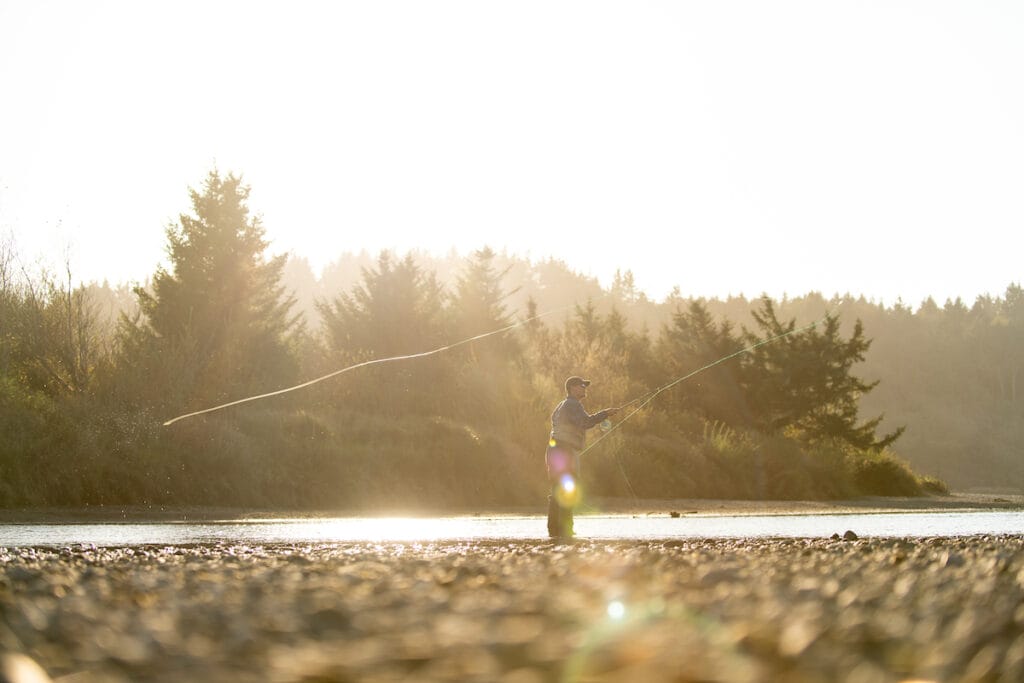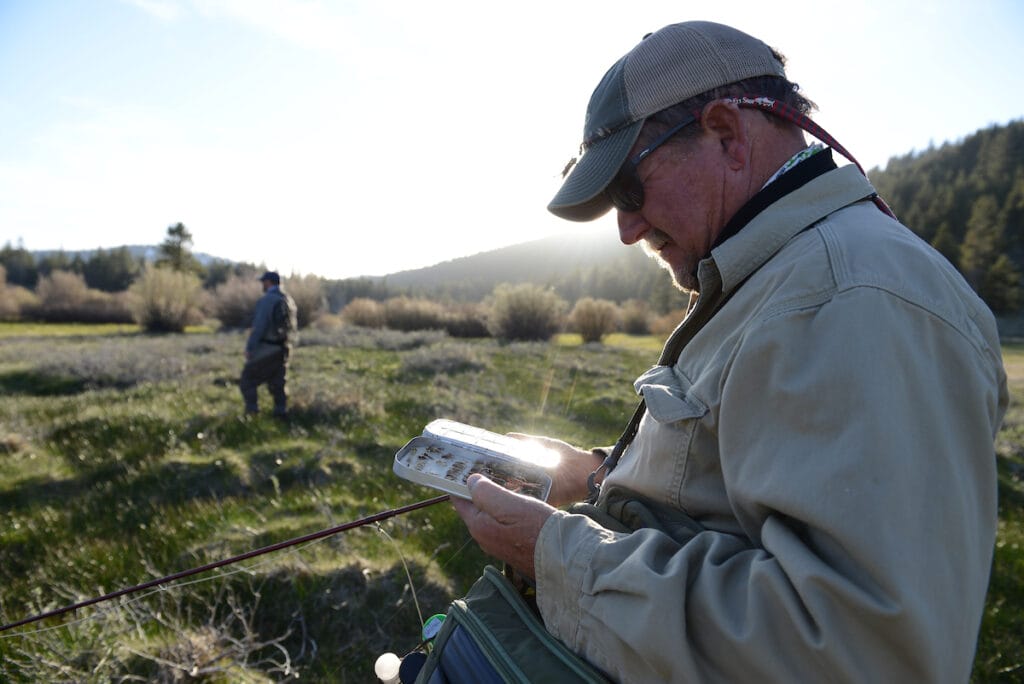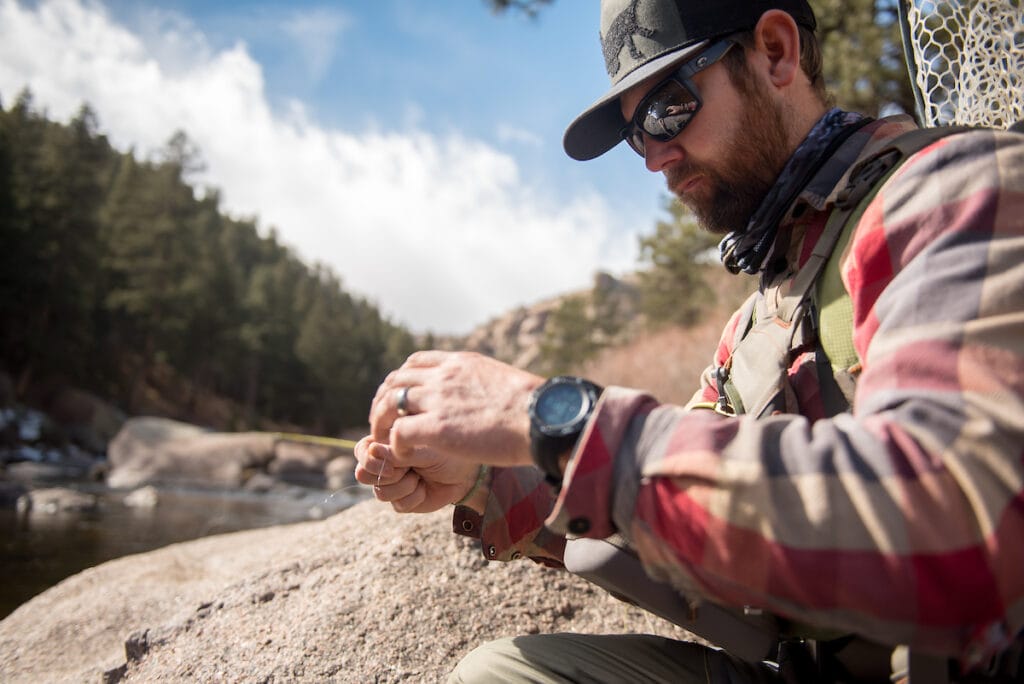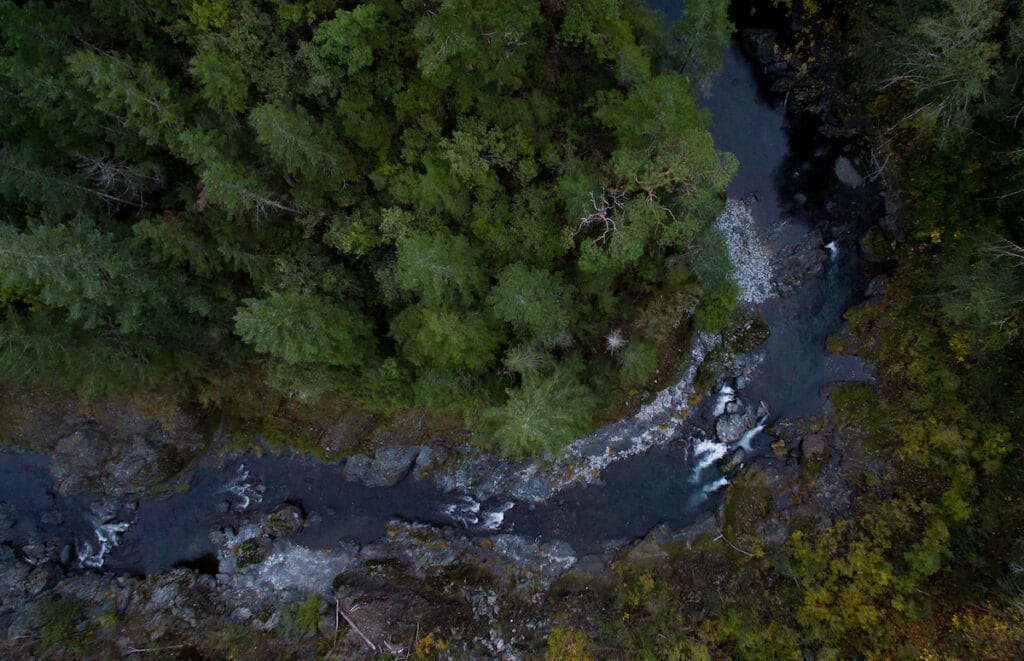Fly fishing in rivers and on saltwater flats are worlds apart.
I often daydream about fly fishing for trout.
But my night dreams inevitably involve tarpon.
Like over 90 percent of fly anglers, I got my start on a little river chasing trout. But I’m now an “anadromous” fisherman, migrating back and forth from salt water as often as I can, which is not nearly often enough.
My answer to the “if you only had one day to fish anywhere, where would you go?” question has always been the same—that little stream in Michigan where I learned.
But “If you could go fishing anywhere tomorrow, where would you go?” is an entirely different question, and my answer to that one would certainly be some saltwater flat.

Warm sunshine and tropical breezes definitely have something to do with that. But the real appeal is that going saltwater fly fishing is like playing an entirely different game than trout fishing with the same basic tools—a rod, reel, line, leader and fly. And I’ve found that when you get out of the routine you’re used to, you tend to learn things that help all of your fishing pursuits down the road.
Some of the crazy dichotomies that stick out:
Casting
In trout fishing on a small stream, while a good cast won’t hurt you (of course) you’re rarely casting more than 20-30 feet, and the cast is far less important than other factors like the fly you have on and the way you present the fly. In the salt, the cast is everything. I became an angler on the trout stream, and I became a caster on the flats.
Who’s on top of the food chain?
Presentation… during a hatch on a trout river, you want your fly to drift helplessly on the currents, naturally, perfectly, almost spoon-feeding a willing fish. In saltwater, you want your fly to be seen, and then immediately escape. This is also true when streamer fishing for trout, most times. But the spoon-feeding trick doesn’t work on the flats. As the late, great Florida Keys guide Bill Curtis once explained to me in disgust as he climbed off the poling platform on his skiff (the “Grasshopper”), after I had tried to skip a crab pattern toward a cruising permit: “Permit aren’t used to their food attacking them.”

Not the right knot
I’ve made a living by trout fishing with three basic knots—an improved clinch knot, a double surgeon’s knot and a nail knot. And I wouldn’t rely on any of those knots when I’m fishing for tarpon, snook, bonefish or redfish.
The funny thing is, I think the more I fish in saltwater, the more I learn that can be applied to freshwater. My cast gets stronger. Spotting fish gets easier. And some of the best lessons I learn result from learning what not to do.

Ch-ch-ch-changes
Of course, it goes both ways. Fishing rivers teaches you how to read currents and seams, and while they are typically far more subtle in an ocean setting—at least in a visual context—they are there. And where you find the changes—changes in current, changes in depth, changes in color and changes in structure—you will typically find the fish. That’s true whether you’re on a brook trout stream in the East, a bass pond in the South, a walleye lake Up North, or chasing yellowfin tuna in blue water off the West Coast.
Of course, there’s an even bigger, more universal truth that becomes more obvious the more you fish in different rivers, lakes or oceans.




